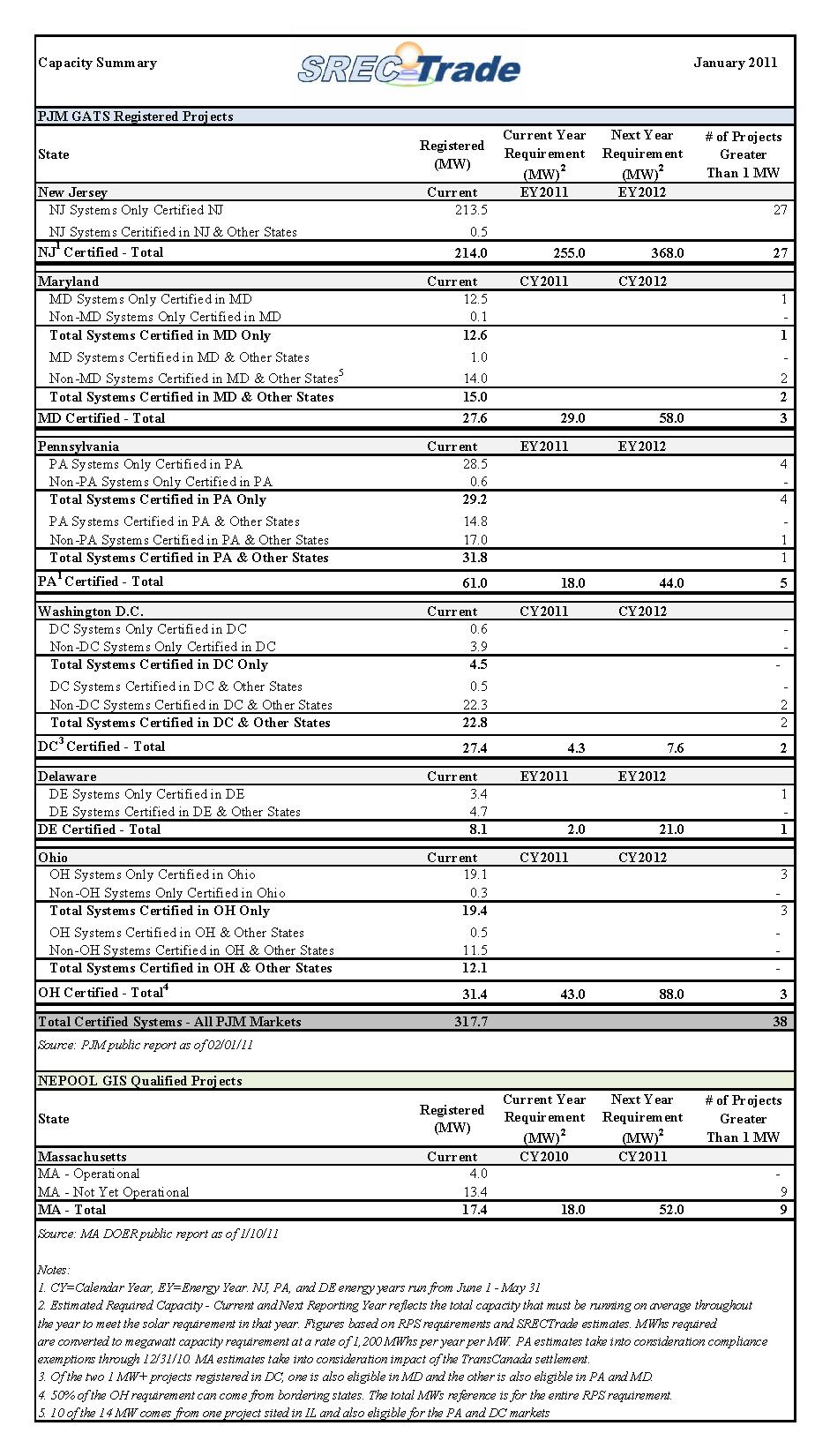Since early November, the Ohio Legislature has been working on bills to address the imminent thawing of the state’s frozen RPS–which has been stalled at 2014 levels for the past two years. Without legislative action, the standards would resume their upward trajectory moving forward, but members of the Ohio Legislature have instead set forth bills that would weaken the RPS and cause even more harm to the state’s suffering renewable energy industry. On December 15, after passing in the Senate and in the House, 18-13 and 56-34, respectively, HB554 was sent to Governor Kasich’s desk for signature or veto. The bill would make the state’s RPS obligations optional for two years (after which they would resume as mandates), ensuring the continued stagnation of the state’s renewable energy economy for another two years.
During the 2014-16 freeze, utility companies reduced–or in some cases completely suspended–renewable energy and energy efficiency programs and services. Clean energy companies had no choice but to leave Ohio. As a result, Ohio’s wind industry lost more than 1,400 jobs in 2015 alone. Today, Ohio’s projected growth for clean jobs is only at 4.9%. In order to get back on track, the industry needs a jolt of support that can only come from the reinstatement (or better yet, a bolstering) of the RPS and Energy Efficiency Resource Standard (EERS).
While proponents of the bill claim that switching the energy standards to optional would reduce costs, opponents of the bill know that optional standards are the functional equivalent of having no standards at all. Senator Cliff Hite, R-Findlay, who represents a district with hundreds of wind farms, knows that optional standards will not work–for the same reason why good coaches don’t have optional practices.
Earlier this year, while seeking the Republication nomination for President, Gov. Kasich told a New Hampshire crowd that he would reinstate the RPS if the legislature attempted to gut the policies. Now, all eyes are on Gov. Kasich to see whether he sticks to his campaign words from January and helps the renewable energy economy get back on the right track. Environmental advocates and opponents of the bill urge constituents to call the Governor’s Office and urge him to veto the bill. You can call his Office today at (614) 466-3555.
The bill hit Gov. Kasich’s desk late on December 15, so he has until midnight on December 28 to veto the bill.
Tweet
